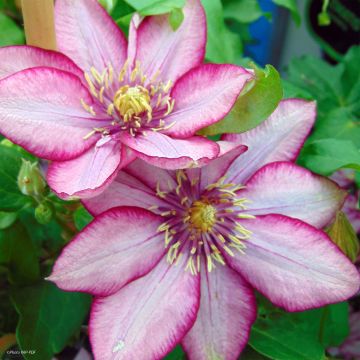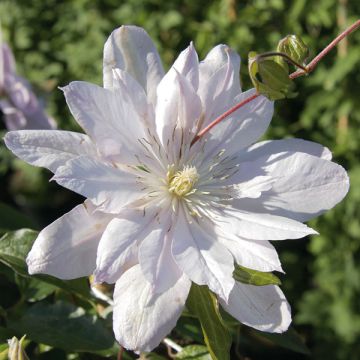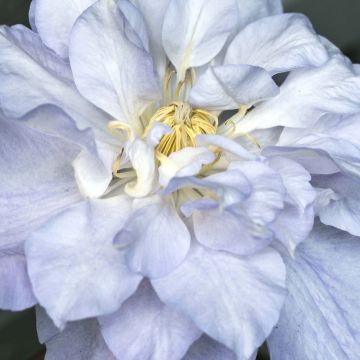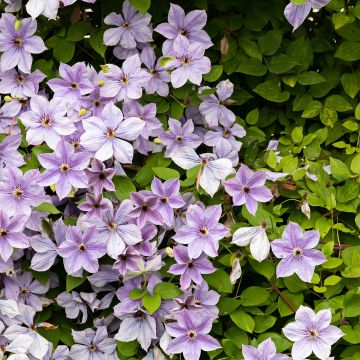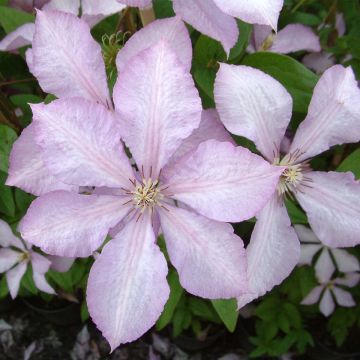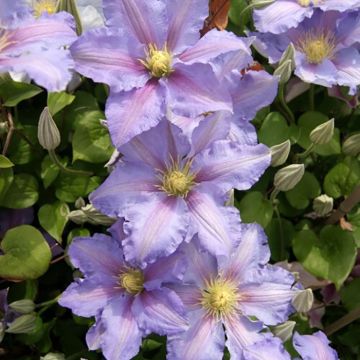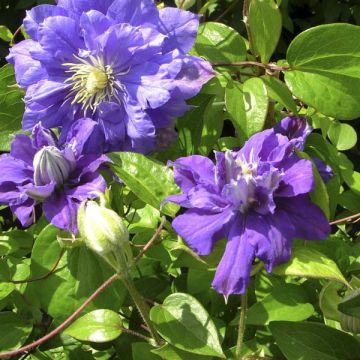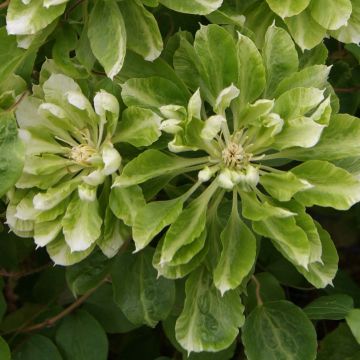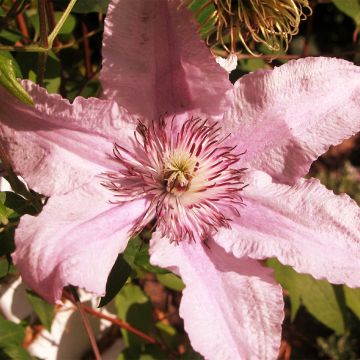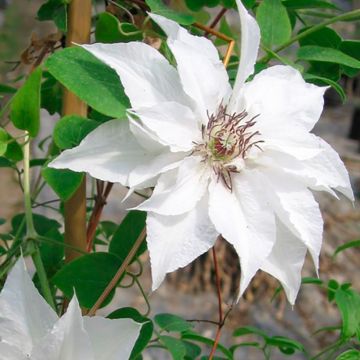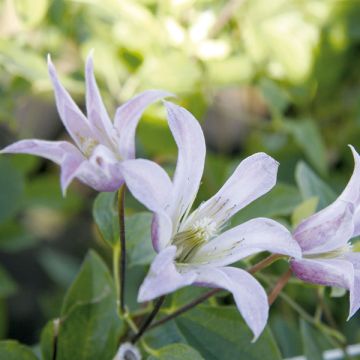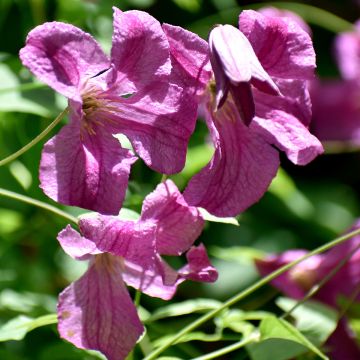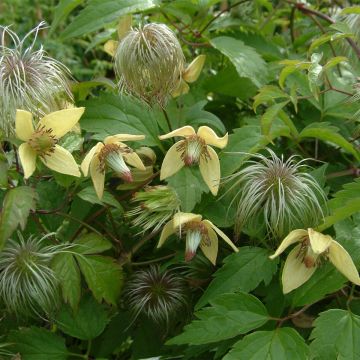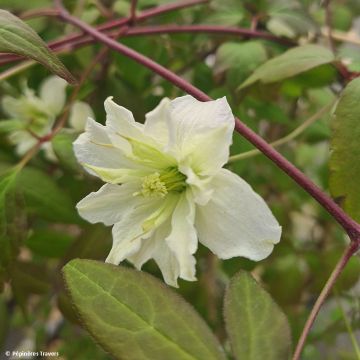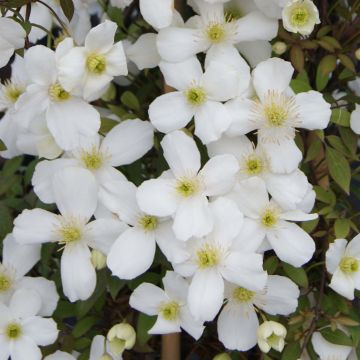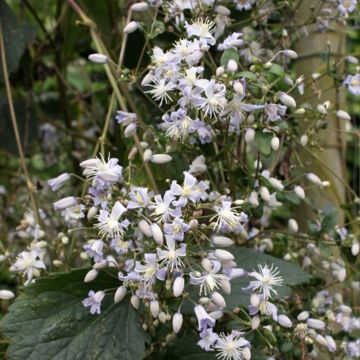Shipping country and language
Your country of residence may be:
Your country of residence is:
For a better user experience on our website, you can select:
Your shipping country:
Andorra
Austria
Belgium
Bulgaria
Canada
Chile
Croatia
Cyprus
Czechia
Denmark
Estonia
Finland
France
Germany
Greece
Hungary
Iceland
Ireland
Italy
Latvia
Lithuania
Luxembourg
Malta
Monaco
Netherlands
Poland
Portugal
Romania
Slovakia
Slovenia
Spain
Sweden
Switzerland
United Kingdom
We only deliver seed and bulb products to your country. If you add other products to your basket, they cannot be shipped.
Language:
French
German
Spanish
English
My Account
Hello
My wish lists
Plantfit
Log in / Register
Existing customer?
New customer?
Create an account to track your orders, access our customer service and, if you wish, make the most of our upcoming offers.
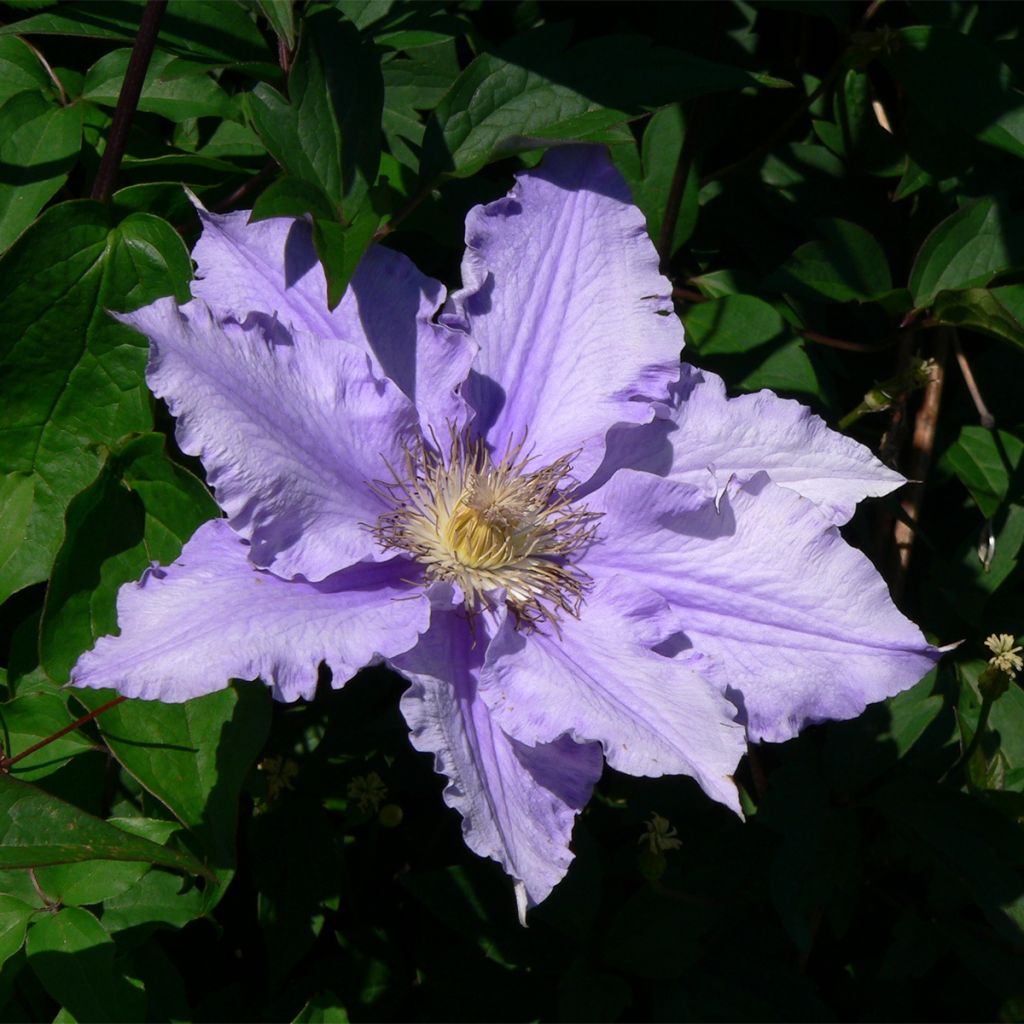

Clematis patens Will Goodwin
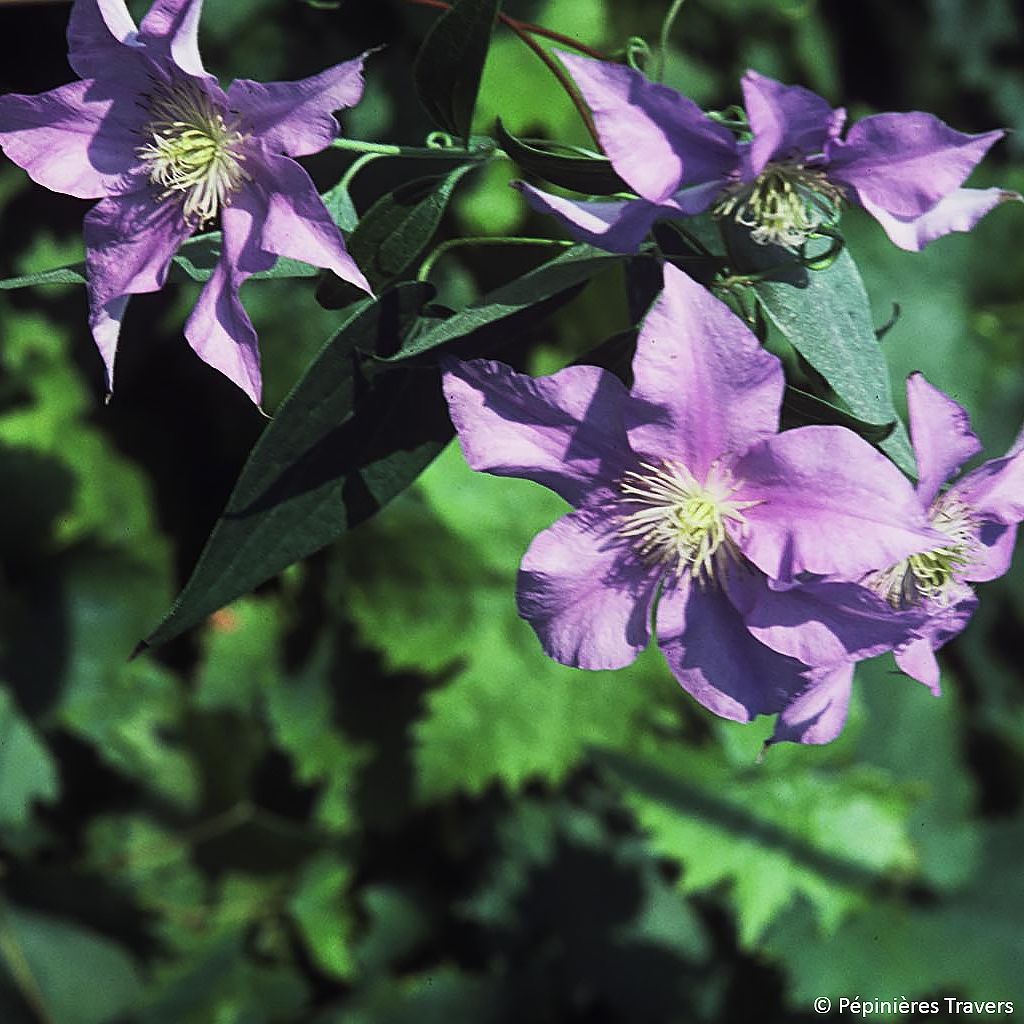

Clematis patens Will Goodwin
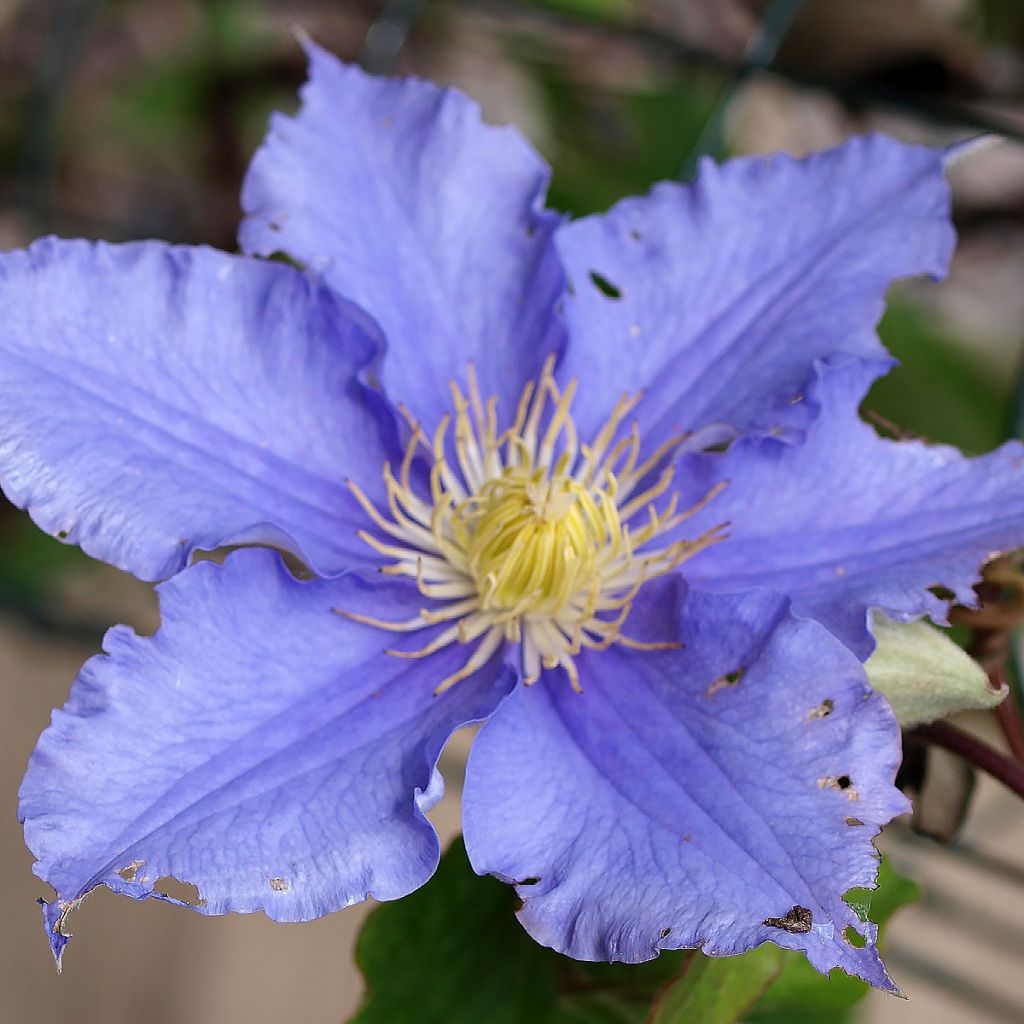

Clematis patens Will Goodwin
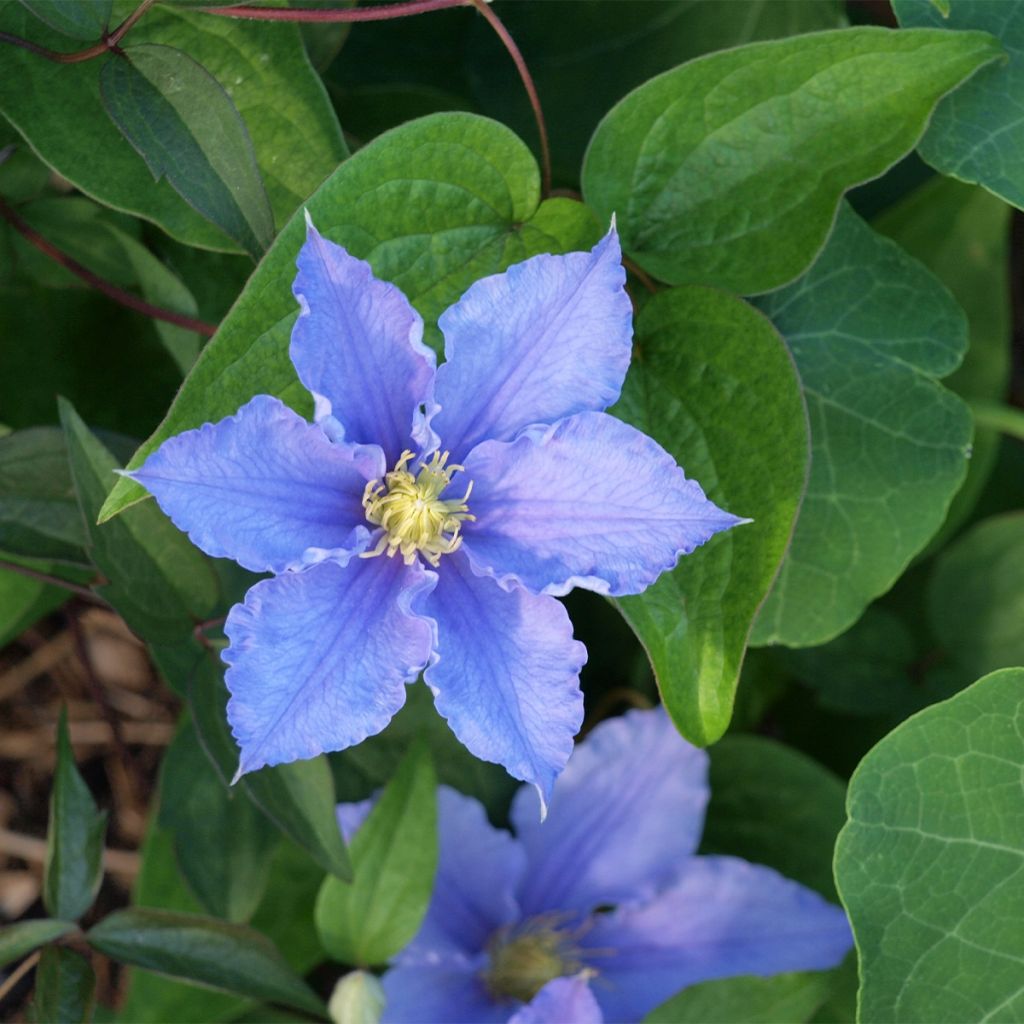

Clematis patens Will Goodwin
Clematis patens Will Goodwin
Clematis patens Will Goodwin
Why not try an alternative variety in stock?
View all →Order in the next for dispatch today!
Dispatch by letter from €3.90.
Delivery charge from €5.90 Oversize package delivery charge from €6.90.
More information
This item is not available in your country.
Schedule delivery date,
and select date in basket
This plant carries a 6 months recovery warranty
More information
We guarantee the quality of our plants for a full growing cycle, and will replace at our expense any plant that fails to recover under normal climatic and planting conditions.
From €5.90 for pickup delivery and €6.90 for home delivery
Express home delivery from €8.90.
Does this plant fit my garden?
Set up your Plantfit profile →
Description
Clematis 'Will Goodwin' is an old English variety that bears large single flowers ranging from lavender-mauve to light blue, emphasised by a pretty bouquet of creamy-white stamens. It blooms generously in late spring and again later in summer. It can be planted with purple or yellow foliage, which complements its beautiful lavender flowering. This hardy variety is also endowed with good vigour.
The genus Clematis belongs to the Ranunculaceae family. 'Will Goodwin' is an English creation dating back to 1954. It is derived, among others, from Clematis patens, a woody clematis native to forests and bushy slopes in Japan, Korea, and northern China, up to an altitude of 1000m (3281ft). It belongs to the group of clematis that first bloom in May-June on the previous year's wood and then re-bloom in July-August on the current year's growth. It is a woody climbing perennial plant that will reach a height of 4 to 5m (13 to 16ft), with a spread of 2m² (7ft²). The small leaves are either composed of 3 narrow leaflets or they are simple. Its deciduous foliage dries up in winter. The flowers, 14 to 15cm (6in) in diameter, have a round shape and are composed of 6 wide, undulate, slightly wavy petals that overlap at the base, fading over time. The centre is occupied by cream stamens with yellow anthers. This clematis clings to the support or host plant through voluble stems with petioles transformed into tendrils.
Plant your clematis together with climbing roses to prolong the flowering period of walls and pergolas until the end of summer. It is a diverse genus, with varieties available in all colours, shapes, and sizes. Take advantage of their easy cultivation to give your garden a romantic and bohemian touch. The wonderful variety 'Will Goodwin' will be perfectly enhanced by yellow foliage plants such as Physocarpus 'Angel Gold', or Sambucus racemosa 'Aurea', planted at the back of the flower bed. It also looks beautiful climbing on shrubs with purple foliage. Its flowers can be used in bouquets.
Clematis patens Will Goodwin in pictures
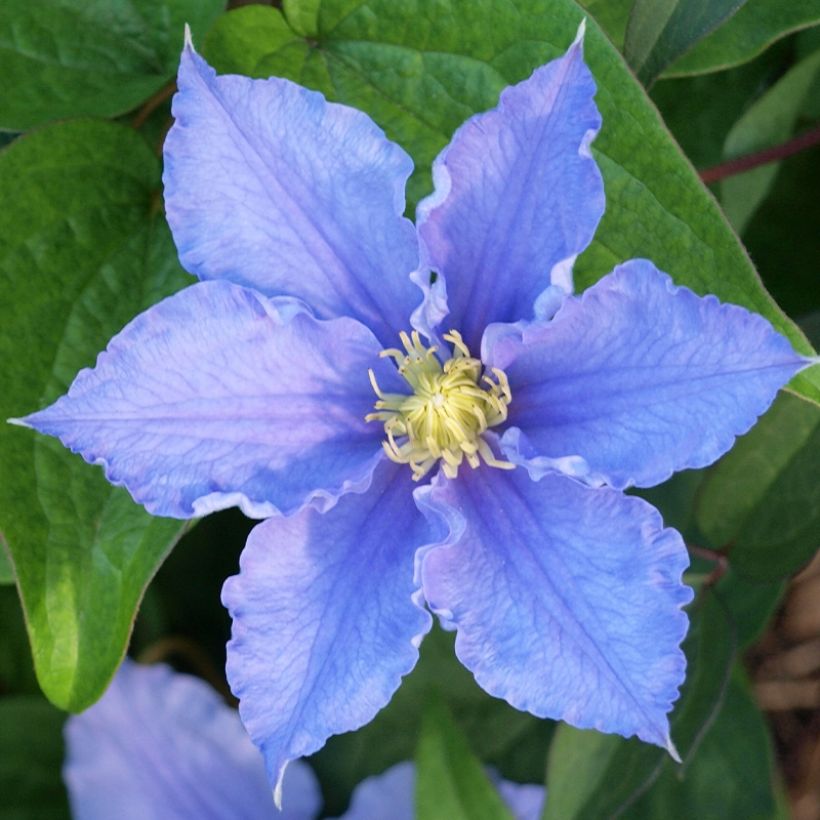

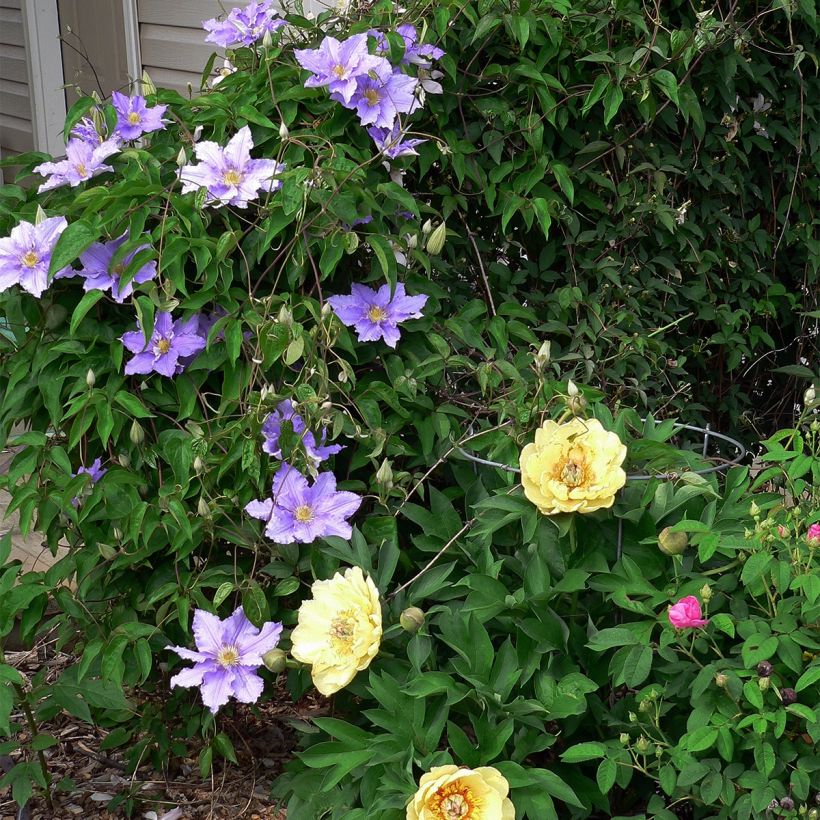

Plant habit
Flowering
Foliage
Botanical data
Clematis
patens
Will Goodwin
Ranunculaceae
Cultivar or hybrid
Other Clematis Patens
Planting and care
Choose a very sunny or semi-shaded exposure. In a sunny exposure, shade the base of your clematis with a ground cover plant or a perennial geranium. Clematis like to have cool feet and their heads in the sun. Work the soil to a depth of 20cm (8in), lightened with good quality compost. Plant it by covering the root ball with 3cm (1in) of soil. Water regularly and generously during the first few weeks. Do not overwater, as stagnant water can lead to the development of fungus at the base of the plant.
Clematis plants attach themselves using their tendrils. To promote their growth, provide them with a trellis or let them dress the trunk of a tree by placing a wire mesh against the trunk for the clematis to climb. Clematis plants also enjoy growing freely on neighbouring plants.
You can prune it up to a height of 50cm (20in).
Planting period
Intended location
Care
This item has not been reviewed yet - be the first to leave a review about it.
Clematis
Haven't found what you were looking for?
Hardiness is the lowest winter temperature a plant can endure without suffering serious damage or even dying. However, hardiness is affected by location (a sheltered area, such as a patio), protection (winter cover) and soil type (hardiness is improved by well-drained soil).

Photo Sharing Terms & Conditions
In order to encourage gardeners to interact and share their experiences, Promesse de fleurs offers various media enabling content to be uploaded onto its Site - in particular via the ‘Photo sharing’ module.
The User agrees to refrain from:
- Posting any content that is illegal, prejudicial, insulting, racist, inciteful to hatred, revisionist, contrary to public decency, that infringes on privacy or on the privacy rights of third parties, in particular the publicity rights of persons and goods, intellectual property rights, or the right to privacy.
- Submitting content on behalf of a third party;
- Impersonate the identity of a third party and/or publish any personal information about a third party;
In general, the User undertakes to refrain from any unethical behaviour.
All Content (in particular text, comments, files, images, photos, videos, creative works, etc.), which may be subject to property or intellectual property rights, image or other private rights, shall remain the property of the User, subject to the limited rights granted by the terms of the licence granted by Promesse de fleurs as stated below. Users are at liberty to publish or not to publish such Content on the Site, notably via the ‘Photo Sharing’ facility, and accept that this Content shall be made public and freely accessible, notably on the Internet.
Users further acknowledge, undertake to have ,and guarantee that they hold all necessary rights and permissions to publish such material on the Site, in particular with regard to the legislation in force pertaining to any privacy, property, intellectual property, image, or contractual rights, or rights of any other nature. By publishing such Content on the Site, Users acknowledge accepting full liability as publishers of the Content within the meaning of the law, and grant Promesse de fleurs, free of charge, an inclusive, worldwide licence for the said Content for the entire duration of its publication, including all reproduction, representation, up/downloading, displaying, performing, transmission, and storage rights.
Users also grant permission for their name to be linked to the Content and accept that this link may not always be made available.
By engaging in posting material, Users consent to their Content becoming automatically accessible on the Internet, in particular on other sites and/or blogs and/or web pages of the Promesse de fleurs site, including in particular social pages and the Promesse de fleurs catalogue.
Users may secure the removal of entrusted content free of charge by issuing a simple request via our contact form.
The flowering period indicated on our website applies to countries and regions located in USDA zone 8 (France, the United Kingdom, Ireland, the Netherlands, etc.)
It will vary according to where you live:
- In zones 9 to 10 (Italy, Spain, Greece, etc.), flowering will occur about 2 to 4 weeks earlier.
- In zones 6 to 7 (Germany, Poland, Slovenia, and lower mountainous regions), flowering will be delayed by 2 to 3 weeks.
- In zone 5 (Central Europe, Scandinavia), blooming will be delayed by 3 to 5 weeks.
In temperate climates, pruning of spring-flowering shrubs (forsythia, spireas, etc.) should be done just after flowering.
Pruning of summer-flowering shrubs (Indian Lilac, Perovskia, etc.) can be done in winter or spring.
In cold regions as well as with frost-sensitive plants, avoid pruning too early when severe frosts may still occur.
The planting period indicated on our website applies to countries and regions located in USDA zone 8 (France, United Kingdom, Ireland, Netherlands).
It will vary according to where you live:
- In Mediterranean zones (Marseille, Madrid, Milan, etc.), autumn and winter are the best planting periods.
- In continental zones (Strasbourg, Munich, Vienna, etc.), delay planting by 2 to 3 weeks in spring and bring it forward by 2 to 4 weeks in autumn.
- In mountainous regions (the Alps, Pyrenees, Carpathians, etc.), it is best to plant in late spring (May-June) or late summer (August-September).
The harvesting period indicated on our website applies to countries and regions in USDA zone 8 (France, England, Ireland, the Netherlands).
In colder areas (Scandinavia, Poland, Austria...) fruit and vegetable harvests are likely to be delayed by 3-4 weeks.
In warmer areas (Italy, Spain, Greece, etc.), harvesting will probably take place earlier, depending on weather conditions.
The sowing periods indicated on our website apply to countries and regions within USDA Zone 8 (France, UK, Ireland, Netherlands).
In colder areas (Scandinavia, Poland, Austria...), delay any outdoor sowing by 3-4 weeks, or sow under glass.
In warmer climes (Italy, Spain, Greece, etc.), bring outdoor sowing forward by a few weeks.

